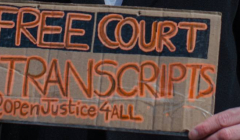
Why Open Justice For All is seeking change for victims
Campaigner Charlotte Schreurs explains why the creative industry is coming together to lobby for change for victims.

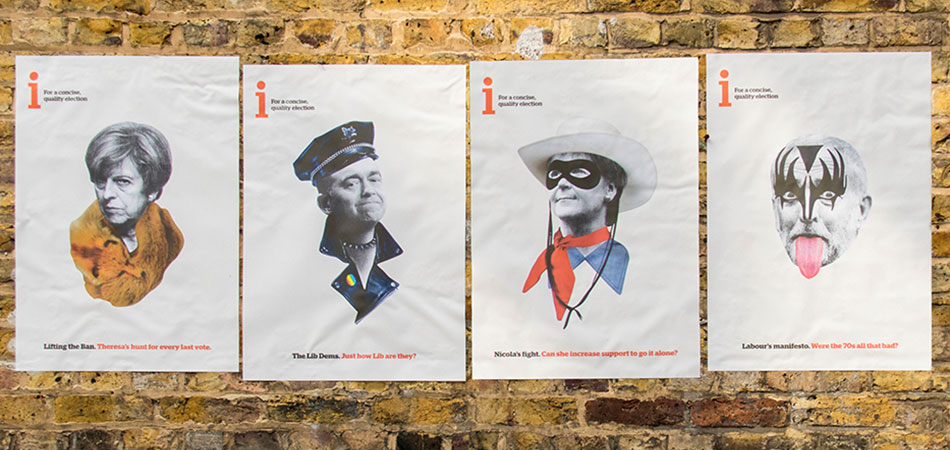
The 2017 snap general election was one that, despite its brevity, has not been without drama. It saw the Prime Minister abstaining from any live debates, the leader of the Labour party hanging out with grime artists and an unprecedented level of noise from brands and famous faces alike.
Over the last 50 days, political parties have ferociously campaigned with the aid of both agencies and even some brands, fighting in their political corners.
“It’s all happening quickly, which means the need for a strong organising thought (not just an annoying soundbite) is absolute” John Quarrey, Founder, krow communications, the agency behind the Labour Party’s 2017 campaign.
In the previous election, 64% of 18 to 24-year-olds who registered to vote actually did, with 65% of 25 to 39-year-olds and 90% of those aged 60 and over, according to market research company Opinium.
Those seemingly disillusioned young people became the target audience for all parties. They were deemed to be the demographic who could be the difference between success and failure.
“Exercising your democratic right to vote is one of the most important things anyone can do but getting that message across without being too worthy or dry is a really difficult challenge” James Walker, Head of Marketing, Channel 4
Political parties approached their campaign strategies much like a brand, adopting similar creative, influencer and media planning strategies to reach target audiences. Manifestos and policies can be difficult to understand, so party leaders needed to build an emotional appeal that could resonate with a majority. The creative sector was on hand to help, particularly when it came to engaging the youth.
Below we’ve picked out the key trends behind the election and brought them to life through some of the most creative and effective campaigns.
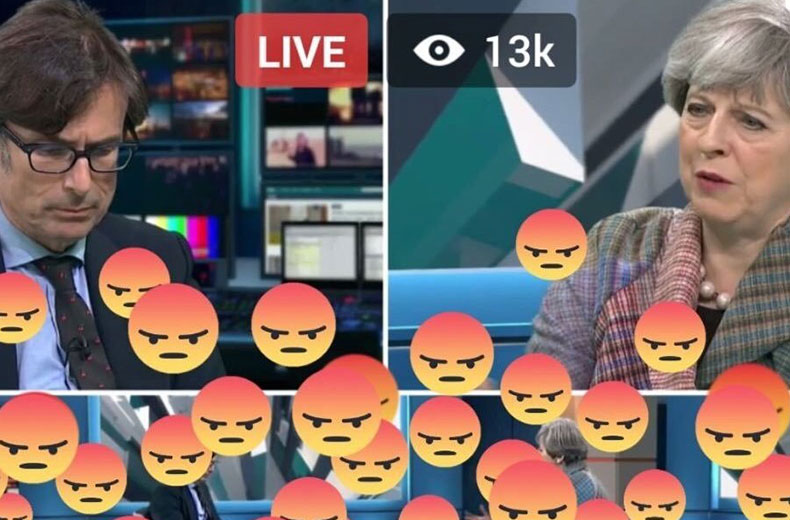
Social media shook up this election, with many referring to it as ‘the election of “dark” advertising’. Parties had access to new levels of data that allowed them to target local audiences in ways that mirrored those used in the US presidential campaigns.
The major parties invested hugely this year in online advertising, creating tailored Facebook and Instagram posts to target undecided or swing voters. Their presence on social media channels became more important than championing regular ad slots such as TV and print. Indeed, one of Theresa May’s only face-to-face interviews took place over Facebook live with Robert Peston, to mixed live comments from those watching.
The Labour Party recognised the success that Sadiq Khan had with social media during his mayoral campaigning in London. This inspired their sophisticated new social media tool, Promote, that was directly linked to the voter database. It allowed them to target individual voters in specific constituencies, with, in some cases, personalised messages.
Both Snapchat and Facebook were used by the Electoral Commission to encourage their 16-24 audience to register to vote, and the parties themselves followed suit. The Electoral Commission worked with Snapchat to create a geofilter, reminding young people about the upcoming election and inspiring them to ‘Find Your Voice’.
The Labour Party’s influencer-led campaign saw Jeremy Corbyn create a film with i-D magazine and grime artist JME, as well as sharing public declarations of support from high-profile artists, such as Stormzy. The resulting #Grime4Corbyn, sparked the creation of an autonomous website and Instagram account, generating awareness of the party’s policies, as well as encouraging an entire demographic of grime fans to exercise their right to vote.
Channel 4 encouraged young people to ‘pop their voting cherry’ in a tongue-in-cheek advert featuring recognisable TV faces talking about their ‘first time’. Created by 4Creative and co-directed by Armando Iannucci, the E4 ad sees the likes of Made in Chelsea’s Ollie Locke, comedian Richard Ayoade and a host of other TV personalities poking fun at the innuendo of voting for the first time. Although comical, the ad also emphasises the excitement, and importance, of just doing it; that is, voting.
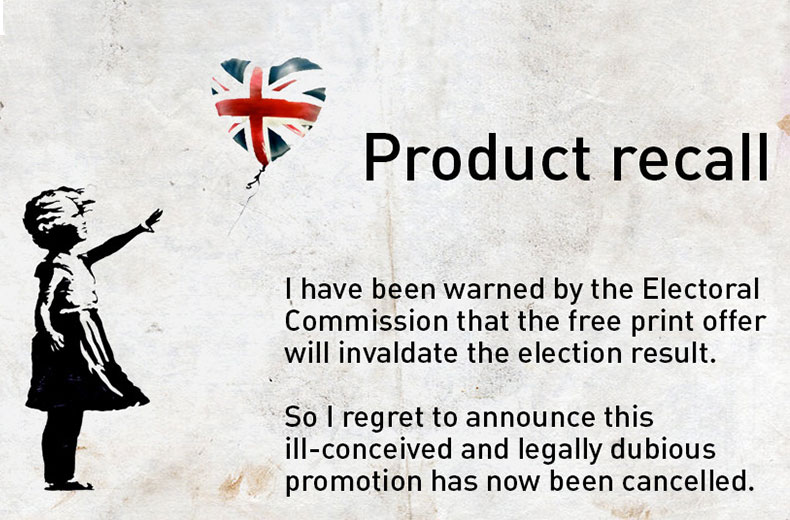
In the US, it’s commonplace to see brands and celebrities wading into the political debate, but here in the UK we’re usually a bit more private. This year, we saw more brands and influencers encouraged to show their political hand.
London-based jewellery designer Dominic Jones worked with artists and designers to produce a series of slogans encouraging young people to register and vote. The images were shared across Instagram as a rallying cry to the creative sphere to have their say in this election.
British street artist Banksy, renowned for his politically charged work, released a limited-edition print, available to those who voted against the Conservatives. The artist promptly withdrew his statement however, after a brief police investigation that insinuated Banksy’s offer would bias the electorate.
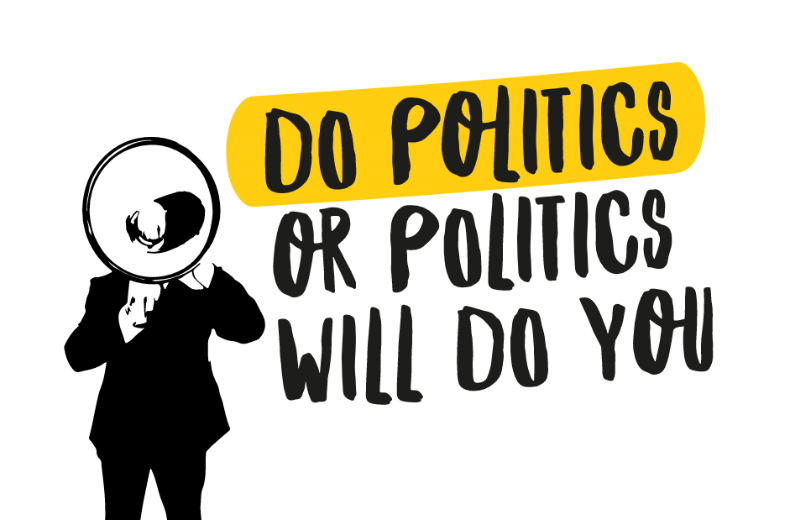
During this election, the party neutral organisation Bite the Ballot worked with Uber to boost the number of people on the electoral role under the slogan ‘Don’t be a passenger, be in the driver’s seat’. Bite the Ballot highjack digital platforms people are more accustomed to using in order to encourage democratic engagement through trusted and well-used brands.
Saatchi & Saatchi London, alongside Operation Black Vote, released the provocatively titled blacksdontvote.com to engage black and minority voters from across the UK. Well-known faces such as Riz Ahmed and Jamal Edwards fronted the campaign, inspiring people from all communities to be individual change makers.
Satire has been at the heart of political humour, and subsequently tactics, for decades. To highlight the quality coverage of their ads, the i newspaper worked with Atomic to create satirical, illustrated print ads ridiculing the leaders of the major parties.
The Green Party, with Creature of London, produced their brand film ‘Race to Number 10’, a satirical take on a traditional board game that mocked party policies. Heralded as the game that ‘no one wants to play, but we’re all being forced to’, the slot was broadcast next to existing branded content through social channels.
The Women’s Equality Party worked with the creative agency Now on a pointed, spoof TV ad, ‘Equality. Not Everyone Gets it’. The ad stars the actress Jessica Hynes as the PR guru Siobhan Sharpe from the popular show W1A, revealing her ignorance about gender equality. The use of satire allowed the party to further highlight the issues they campaign for.
Looks like you need to create a Creativebrief account to perform this action.
Create account Sign inLooks like you need to create a Creativebrief account to perform this action.
Create account Sign in